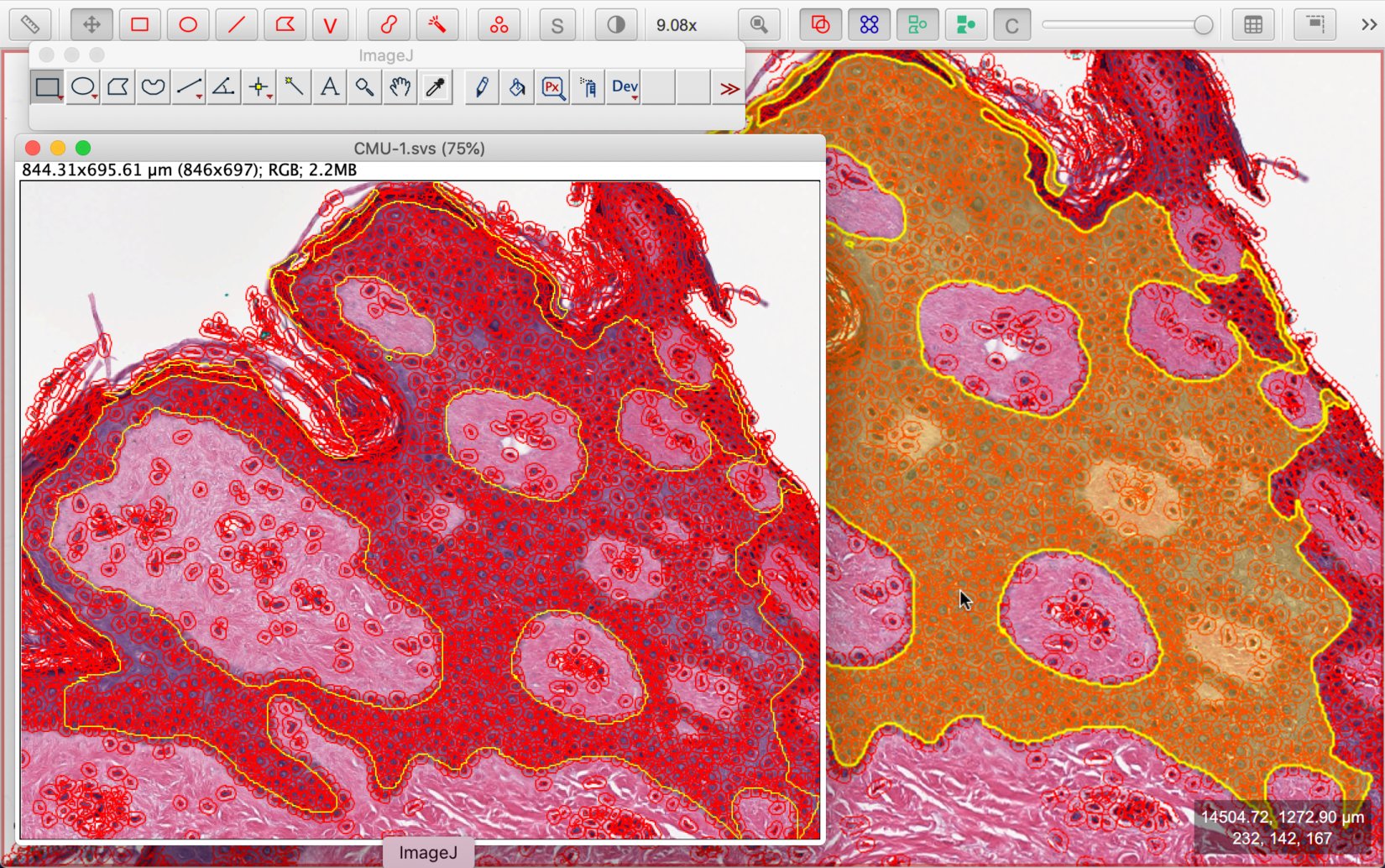

Image ‣ Adjust ‣ Brightness/Contrast… can be used to adjust the brightness & contrast for the active channel The distinction is really important when it comes to measurements and histograms, because the behavior between RGB and multichannel images is subtly different:Īnalyze ‣ Measure uses the active channel only, based on the C sliderĪnalyze ‣ Histogram uses either uses the active channel only or all channels, after prompting the user to choose The colors used to display the image are identical, but other aspects of the image window indicate that the images themselves are quite different. 32 A multichannel image (left) and RGB image (right). The Image ‣ Type ‣ will be 8-bit, 16-bit or 32-bit.įig = create_figure ( figsize = ( 8, 4 )) show_image ( 'images/neuron-composite.png', pos = 121 ) show_image ( 'images/neuron-rgb.png', pos = 122 ) glue_fig ( 'fig_color_neuron', fig )įig. Multichannel images that aren’t RGB are recognizable because they have an extra slider at the bottom, with a small C label, which is used to switch the ‘active’ channel. When moving the cursor over the image, there are three values shown in the status bar (e.g. The text RGB appears at the top of the image window There are several ways to recognize that an image has the type ‘RGB’: ImageJ treats RGB as a special image type, even though it is still 8-bit unsigned integer. This section explains the ideas, including common areas of confusion. ImageJ has good support for both RGB and multichannel images, but the behavior is not always obvious. append ( './././' ) from helpers import * from matplotlib import pyplot as plt from myst_nb import glue import numpy as np from scipy import ndimage Introduction #


 0 kommentar(er)
0 kommentar(er)
